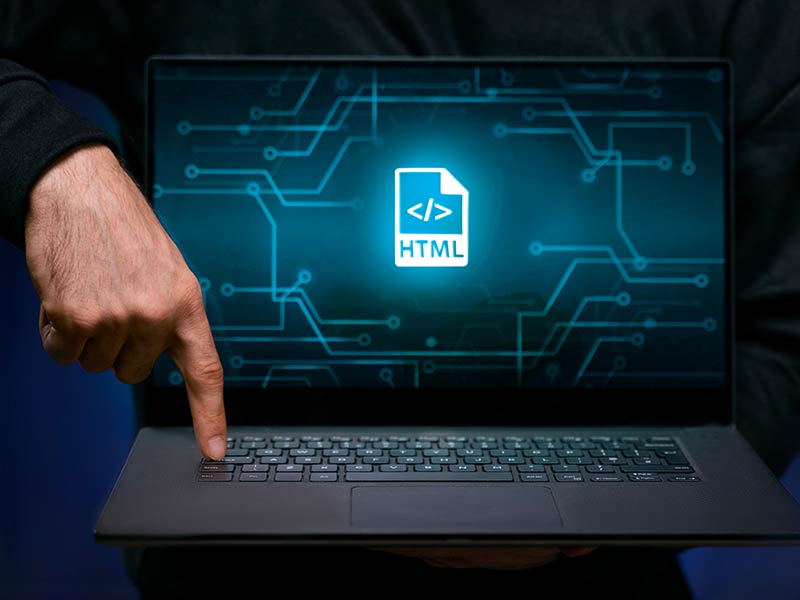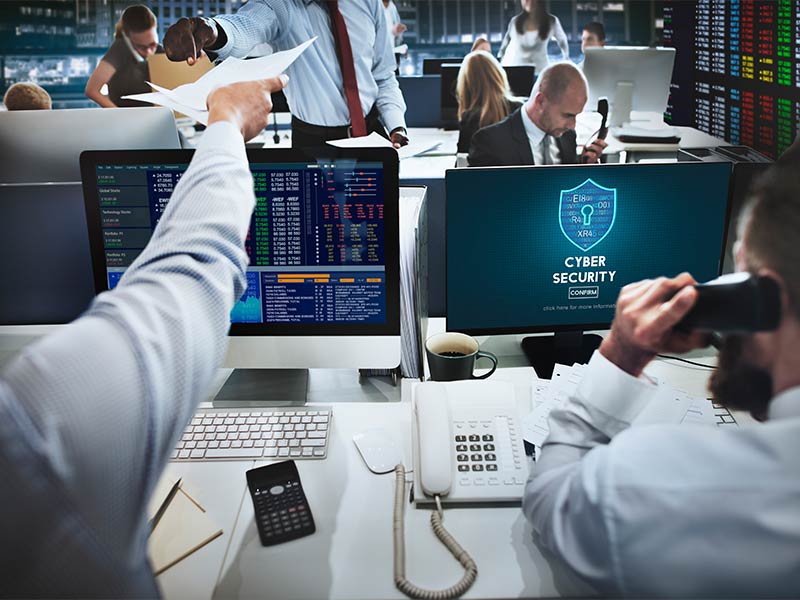Cyberops Professional
As the complexity of cyberattacks continues to increase in size and scale, your organization needs highly qualified personnel to provide security expertise before, during, and after an attack. The demand is greater now than ever before for professionals with the knowledge and skills to detect and respond to cybersecurity threats, manage security incidents, automate security tasks, and secure the sensitive information of your organization.
The Cisco® Certified CyberOps Professional gives you knowledge and skills beyond simple firewalls and antivirus software and enables you to become a skilled CyberOps professional
Course Info
- Security fundamentals: Understand common cybersecurity incidents, prevention plans, compliance standards, and risk analysis. Compare security in different cloud platforms.
- Security techniques: Be able to secure computer systems, analyze security data, troubleshoot security systems, and prevent data loss. Demonstrate your knowledge of common attack tactics.
- Security processes: Analyze threats, investigate breaches, identify malware, understand attack events, and be able to recommend vulnerability mitigation techniques.
- Security automation: Use tools to automate tasks and employ scripts to improve efficiency. Understand data formats, web services, software deployment, and managing infrastructure using code.
1.0 Fundamentals
- Interpret the components within a playbook
- Determine the tools needed based on a playbook scenario
- Apply the playbook for a common scenario (for example, unauthorized elevation of privilege, DoS and DDoS, website defacement)
- Infer the industry for various compliance standards (for example, PCI, FISMA, FedRAMP, SOC, SOX, PCI, GDPR, Data Privacy, and ISO 27101)
- Describe the purpose of cyber risk insurance
- Analyze elements of a risk analysis (combination asset, vulnerability, and threat)
- Apply the incident response workflow
- Describe characteristics and areas of improvement using common incident response metrics
- Describe types of cloud environments
- Compare security operations considerations of cloud platforms (for example, IaaS, PaaS)
2.0 Techniques
- Recommend data analytic techniques to meet specific needs or answer specific questions
- Describe the use of hardening machine images for deployment
- Describe the process of evaluating the security posture of an asset
- Evaluate the security controls of an environment, diagnose gaps, and recommend improvement
- Determine resources for industry standards and recommendations for hardening of systems
- Determine patching recommendations, given a scenario
- Recommend services to disable, given a scenario
- Apply segmentation to a network
- Utilize network controls for network hardening
- Determine SecDevOps recommendations (implications)
- Describe use and concepts related to using a Threat Intelligence Platform (TIP) to automate intelligence
- Apply threat intelligence using tools
- Apply the concepts of data loss, data leakage, data in motion, data in use, and data at rest based on common standards
- Describe the different mechanisms to detect and enforce data loss prevention techniques
- Recommend tuning or adapting devices and software across rules, filters, and policies
- Describe the concepts of security data management
- Describe use and concepts of tools for security data analytics
- Recommend workflow from the described issue through escalation and the automation needed for resolution
- Apply dashboard data to communicate with technical, leadership, or executive stakeholders
- Analyze anomalous user and entity behavior (UEBA)
- Determine the next action based on user behavior alerts
- Describe tools and their limitations for network analysis (for example, packet capture tools, traffic analysis tools, network log analysis tools)
- Evaluate artifacts and streams in a packet capture file
- Troubleshoot existing detection rules
- Determine the tactics, techniques, and procedures (TTPs) from an attack
3.0 Processes
- Analyze components in a threat model
- Determine the steps to investigate the common types of cases
- Apply the concepts and sequence of steps in the malware analysis process
- Interpret the sequence of events during an attack based on analysis of traffic patterns
- Determine the steps to investigate potential endpoint intrusion across a variety of platform types (for example, desktop, laptop, IoT, mobile devices)
- Determine known Indicators of Compromise (IOCs) and Indicators of Attack (IOAs)
- Determine IOCs in a sandbox environment (includes generating complex indicators)
- Determine the steps to investigate potential data loss from a variety of vectors of modality (for example, cloud, endpoint, server, databases, application)
- Recommend the general mitigation steps to address vulnerability issues
- Recommend the next steps for vulnerability triage and risk analysis using industry scoring systems (for example, CVSS) and other techniques
4.0 Automation
- Compare concepts, platforms, and mechanisms of orchestration and automation
- Interpret basic scripts (for example, Python)
- Modify a provided script to automate a security operations task
- Recognize common data formats (for example, JSON, HTML, CSV, XML)
- Determine opportunities for automation, orchestration, and machine learning
- Determine the constraints when consuming APIs (for example, rate limited, timeouts, and payload)
- Explain the common HTTP response codes associated with REST APIs
- Evaluate the parts of an HTTP response (response code, headers, body)
- Interpret API authentication mechanisms: basic, custom token, and API keys
- Utilize Bash commands (file management, directory navigation, and environmental variables)
- Describe components of a CI/CD pipeline
- Apply the principles of DevOps practices
- Describe the principles of Infrastructure as Code
- Enhance your earning potential with the new Cisco® Certified CyberOps Professional certification
- Learn how to prevent, detect, and respond to cybersecurity threats and breaches
- Prove your knowledge in cloud computing security, risk management, and threat intelligence analysis
- Boost up your confidence with tested and relevant skills
- Share your achievement with a digital certification badge on your social media profiles
- Cybersecurity Enthusiasts
- Aspiring Cybersecurity Professionals
- IT Professionals
- Security Analysts
- Networking Professionals
- Professionals Seeking Skill Enhancement
There are no formal prerequisites for Cisco Certified CyberOps Professional, but Candidates often have three to five years of experience implementing enterprise networking solutions.
Your CyberOps Professional certification proves you can reliably identify and respond to cybersecurity threats and incidents. Become one of the greatest assets in one of the most in-demand fields in IT
This certification programs will equip you with the skills and knowledge for the following job roles:
- Information Security Analyst
- Incident manager
- Security Architect
- Security analyst/Senior SOC analyst (Tier 2 and 3)
This material gives you a solid framework and a core set of proven skills to strengthen your career in cybersecurity. To earn this certification, you must pass two exams: one core exam and one concentration.
- The 350-201 Performing CyberOps Using Cisco Security Technologies v1.0 (CBRCOR) is a 120-minute exam that is associated with the Cisco CyberOps Professional Certification. This exam tests your knowledge of core cybersecurity operations including cybersecurity fundamentals, techniques, processes, and automation.
- The 300-215 Conducting Forensic Analysis and Incident Response Using Cisco Technologies for CyberOps (CBRFIR) concentration exam covers forensic analysis and incident response fundamentals, techniques, and processes










